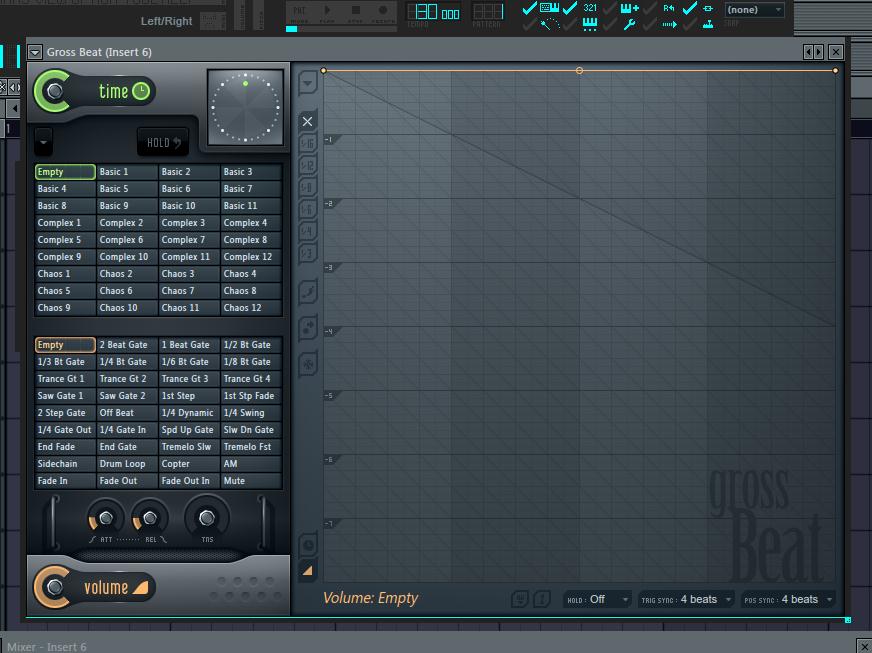

Just click and drag the blue curve until it becomes a dash to disable it.
Fl studio 11 tutorial edm full#
LUFS (loudness units full scale) is a unit used to measure loudness based on a standard that allows for normalization across platforms. Adjust your limiter (which should come before the loudness meter in the signal chain) so the limiter threshold does not allow for a signal higher than -1 dBTP.Īnd this brings us to FL Studio mastering Tip #4… Mastering Tip #4: Master to -16 LUFS Use a metering plugin like Youlean Loudness Meter 2 or iZotope Insight 2 to check your dBTP levels. The AES recommendation for streaming content is -1 dBTP (Technical Document AES TD1004.1.15-10).

This way, there is no chance your track will ever clip or distort. True Peak meters will approximate what the peak levels will be AFTER the digital-to-analogue conversion. The solution to this is to use a True Peak (TP) meter to set your limiter threshold. So you may be mastering to 0 dBFS and thinking you’ll never clip, but in reality due to the conversion process, you could still run into clipping and distortion issues on certain sound systems. These SPPM levels do not account for the changes that can occur during the digital-to-analogue conversion. The digital-to-analogue conversion can cause a slight change in the audio levels.įL Studio and many other DAWs show us levels in the Mixer with whats called a Sample Peak Program Meter (SPPM). Like we mentioned earlier, digital audio gets converted to analogue before being sent to our speakers and ears. Mastering Tip #3: Master to -1 dBTP (decibels true peak) However, as we’ll see in Tip #3, 0 dBFS does not guarantee that you won’t cause clipping or distortion in the analogue realm when the digital signal gets converted to electricity for your speakers to use. As a general rule, you should never go above 0 dBFS. This will give you sufficient headroom to work with when you apply other mastering plugins, EQ, compressors, and effects.Ī limiter will prevent your Master levels from clipping. If your Master levels are peaking at or near 0 dBFS, then set the EQ gain to -6 dBFS. If they do, it’s best to go back into your mix and lower your track levels.Īlthough it is better to set your levels properly while mixing, you could just add a Fruity Parametric EQ 2 to the first slot in the Master track signal chain and lower the gain. To start, your peak levels on your empty Master track should not exceed -6 dBFS (or -23 LUFS if you’re using a loudness compliant meter). Mastering Tip #1: Supply Yourself with Adequate Headroom to Work With Let’s take take an in-depth look at these 8 FL Studio mastering tips.

Mastering can involve, editing small mixing flaws, adjusting stereo width, adding noise reduction processing, equalization, compression, peak limiting and volume level control, and dithering. Mastering is an audio post-production process with many technicalities and details to consider.



 0 kommentar(er)
0 kommentar(er)
